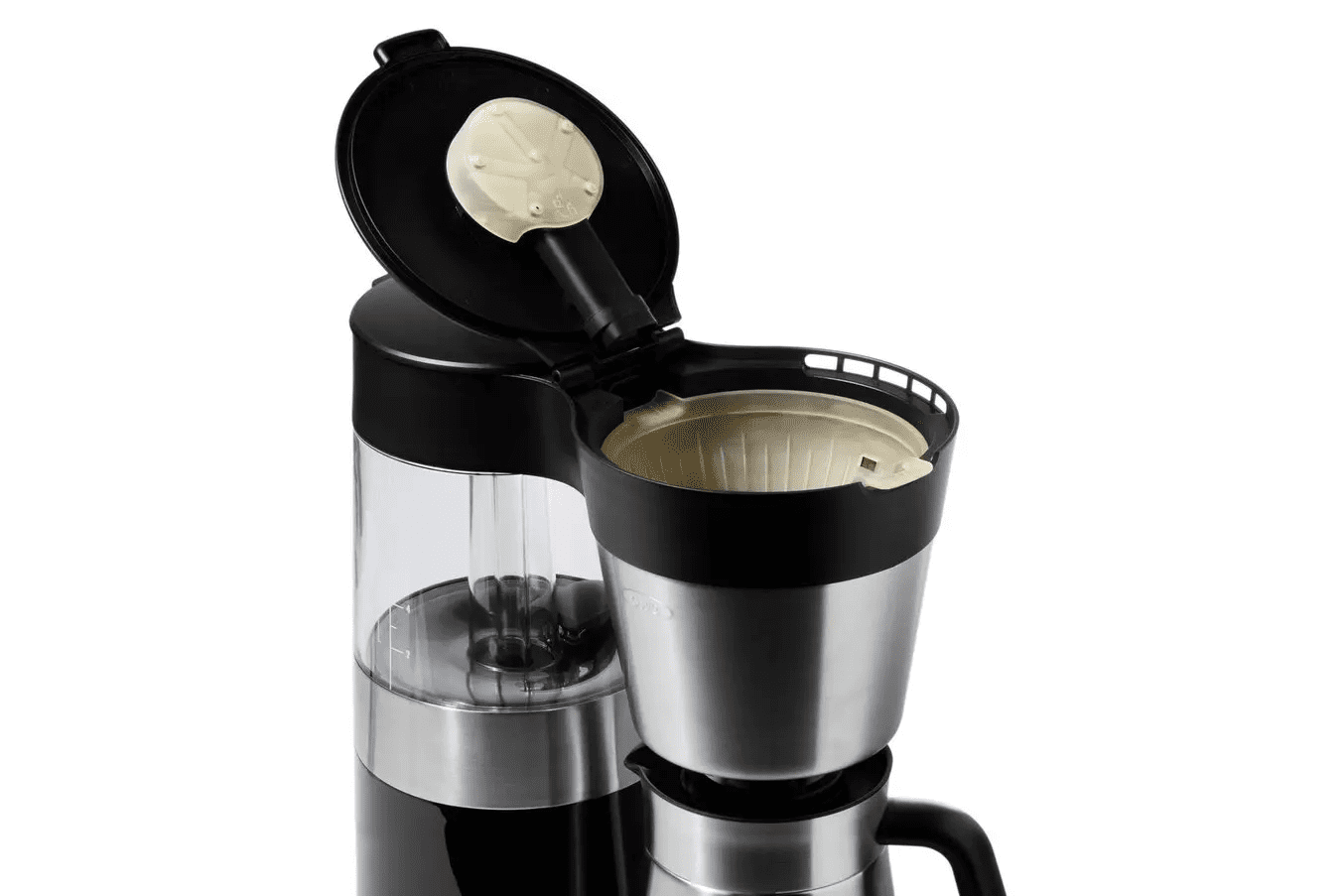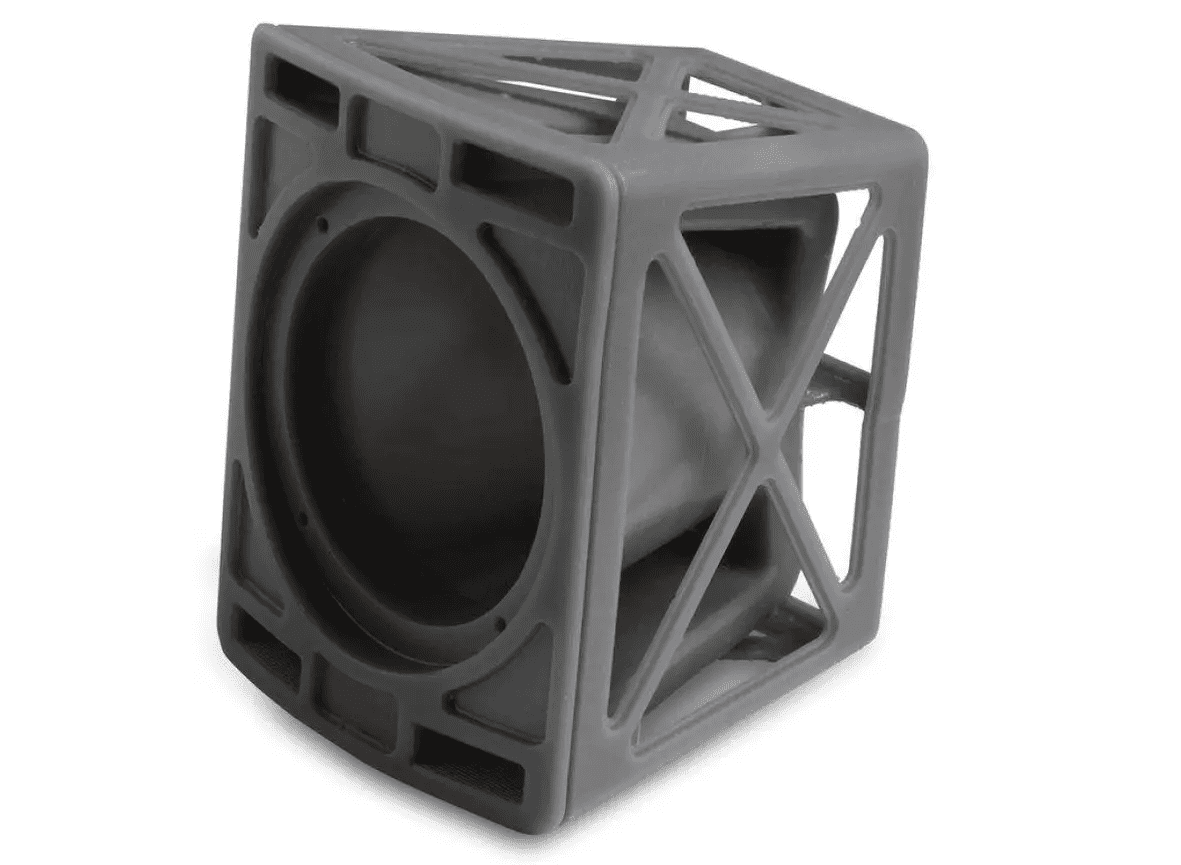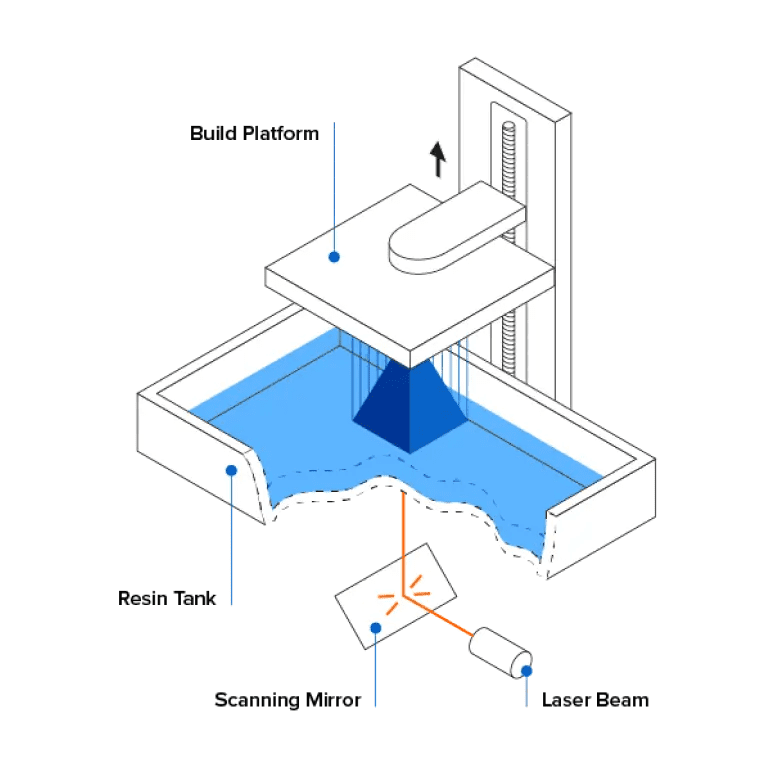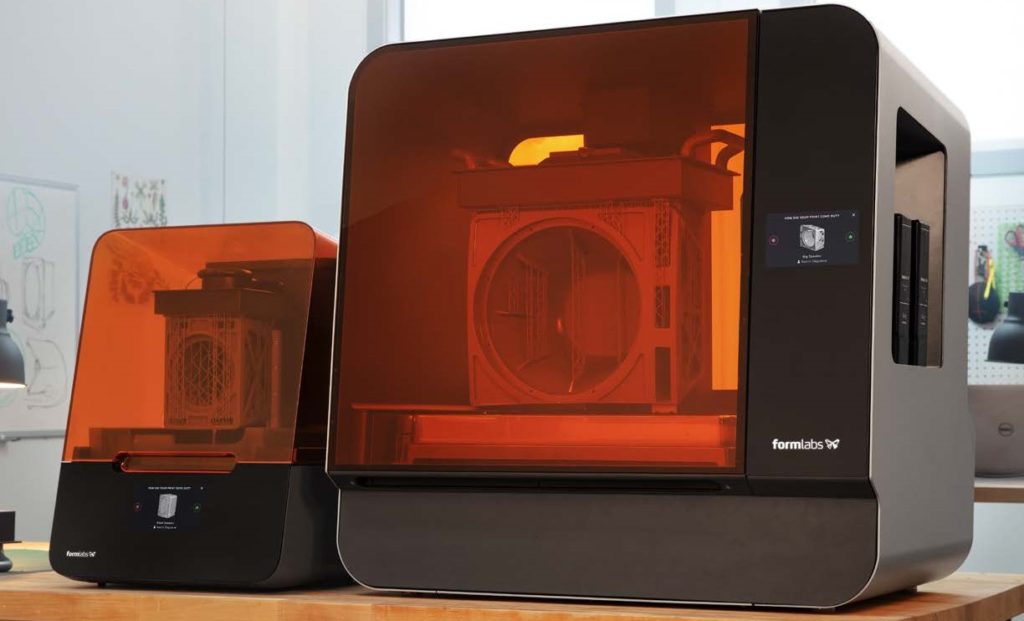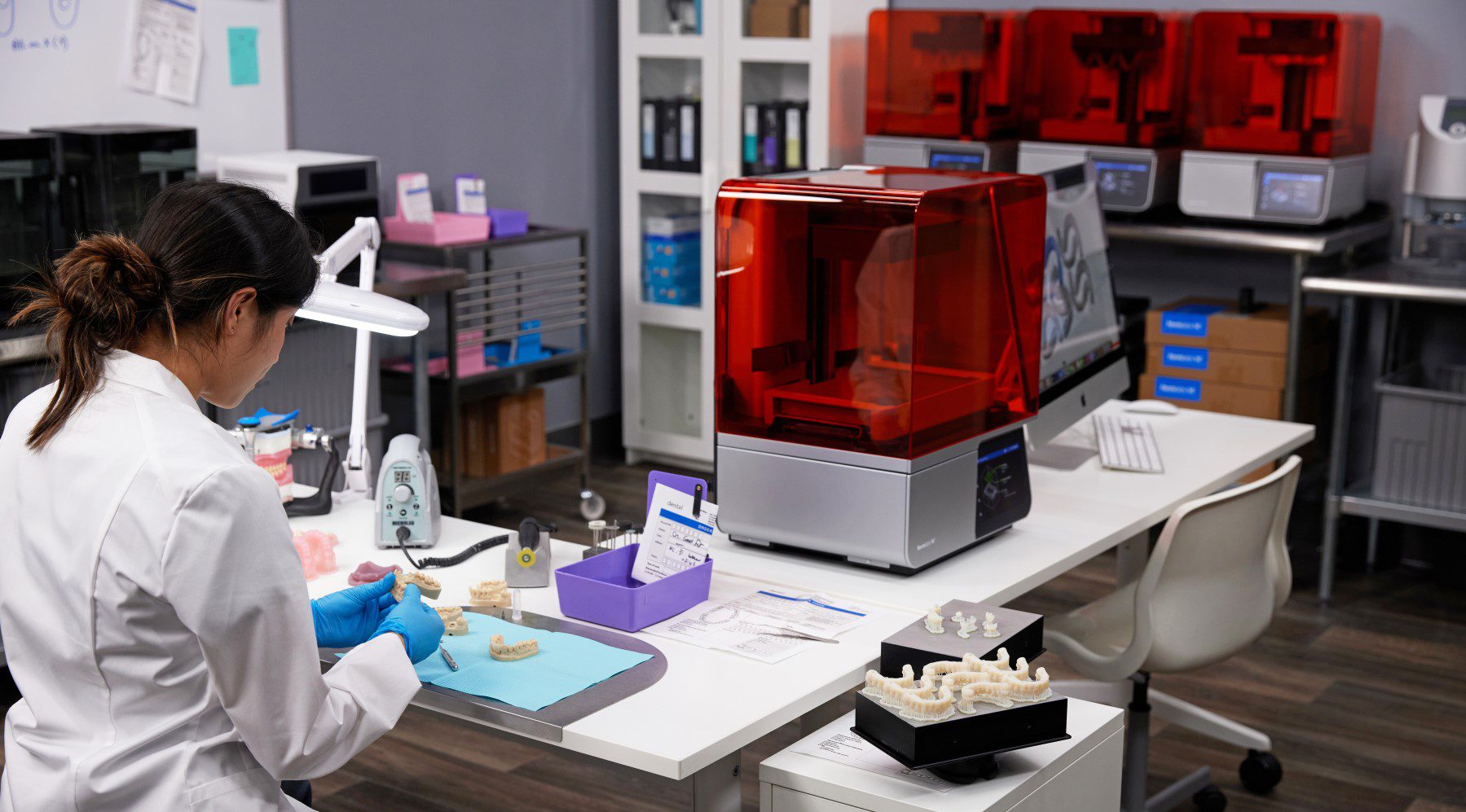Capabilities & Finishing Solutions for SLA
| MAX. PART SIZE | 14.5 × 14.5 × 18.5 cm | 5.7 × 5.7 × 7.3 in |
| MIN. FEATURE SIZE | 85 µm | 0.0033 in. |
| BEST ACHIEVABLE TOLERANCE | ± 0.015 in. or 0.0015 in. (whichever is greater) |
| PART TOLERANCES | Within .005″ or less on the X/Y/Z axis |
| LAYER HEIGHT | 50 – 100 μm |
| LEAD TIME | 3 to 5 business days |
Finishing
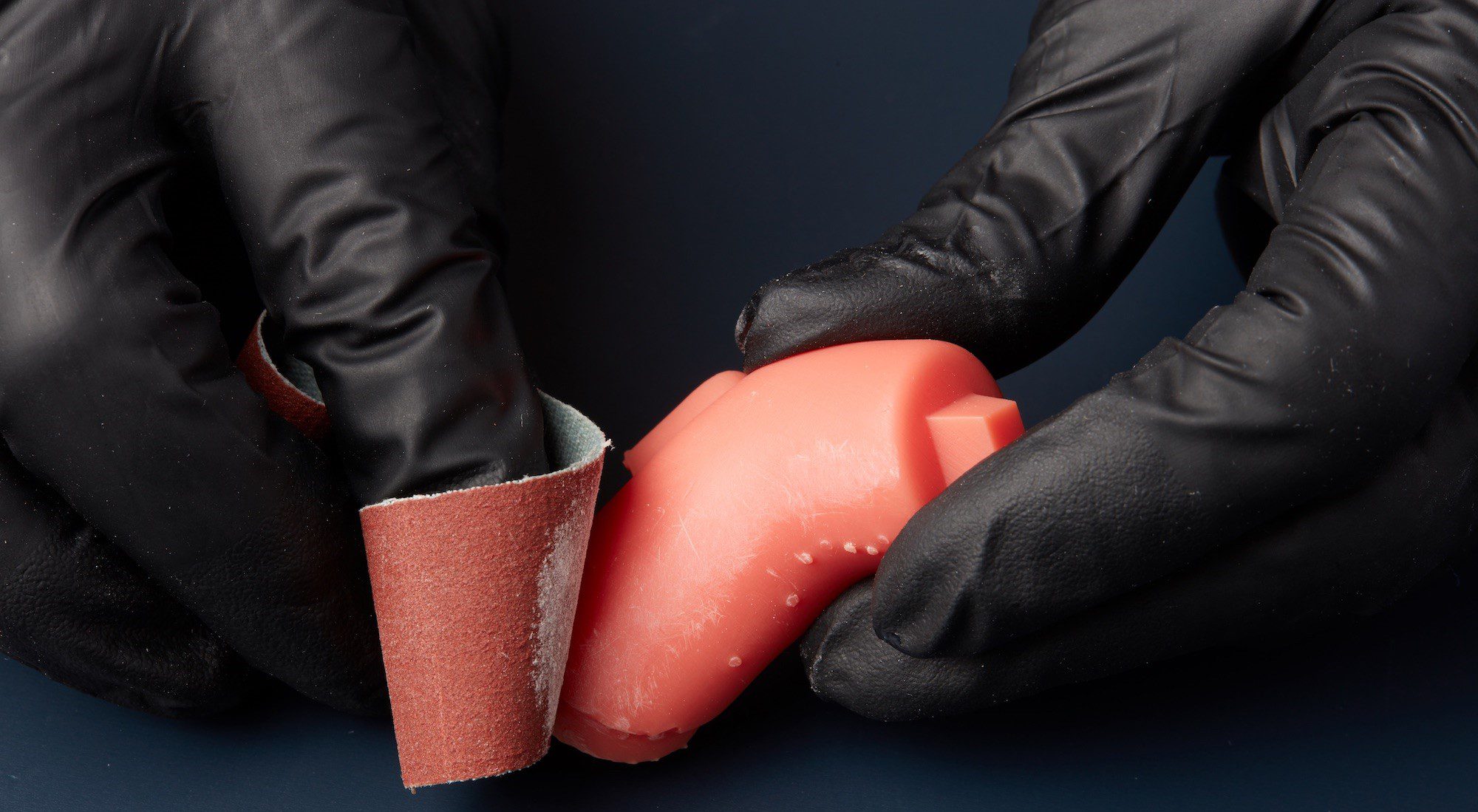
Dry Sanding
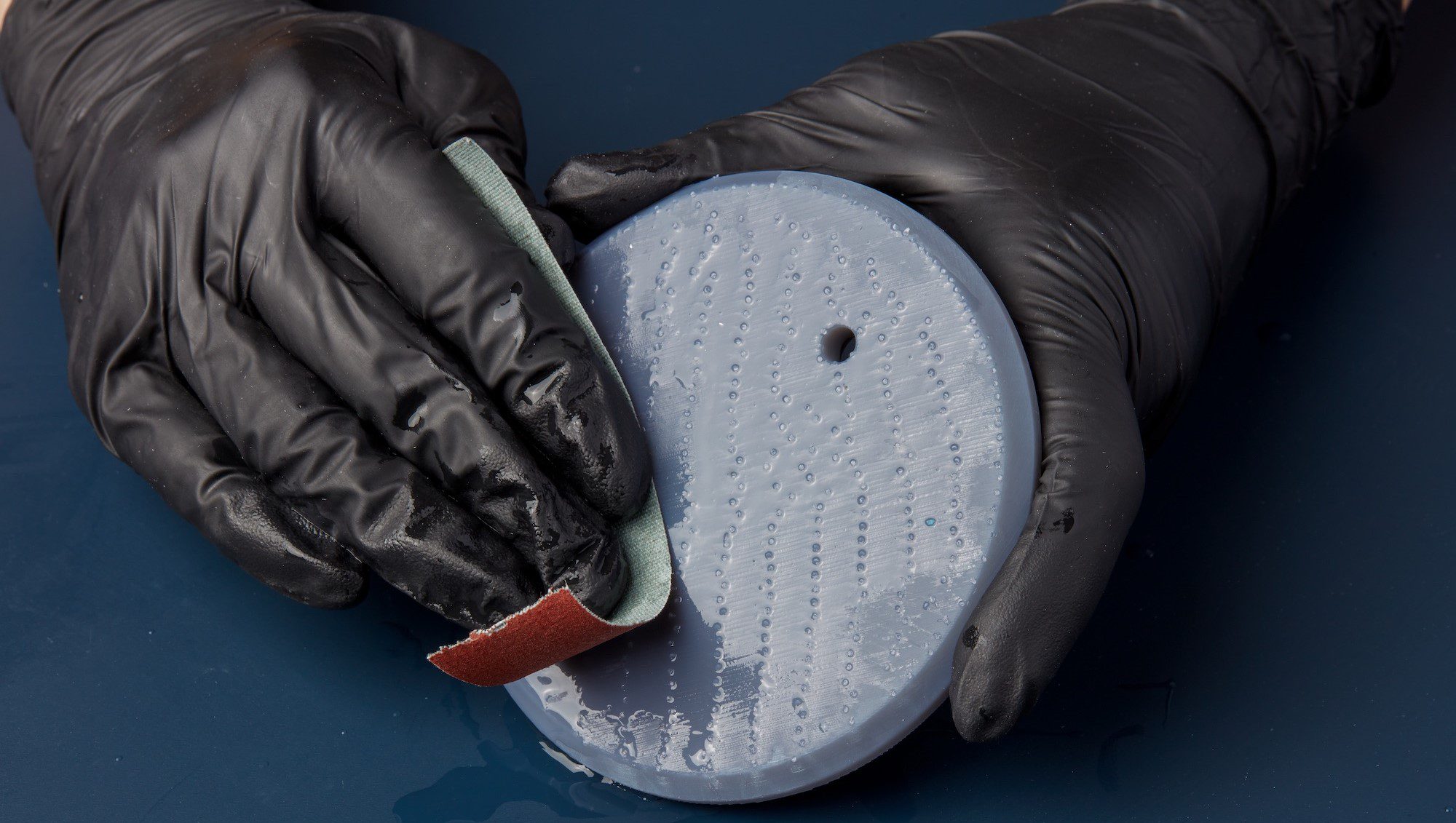
Wet Sanding
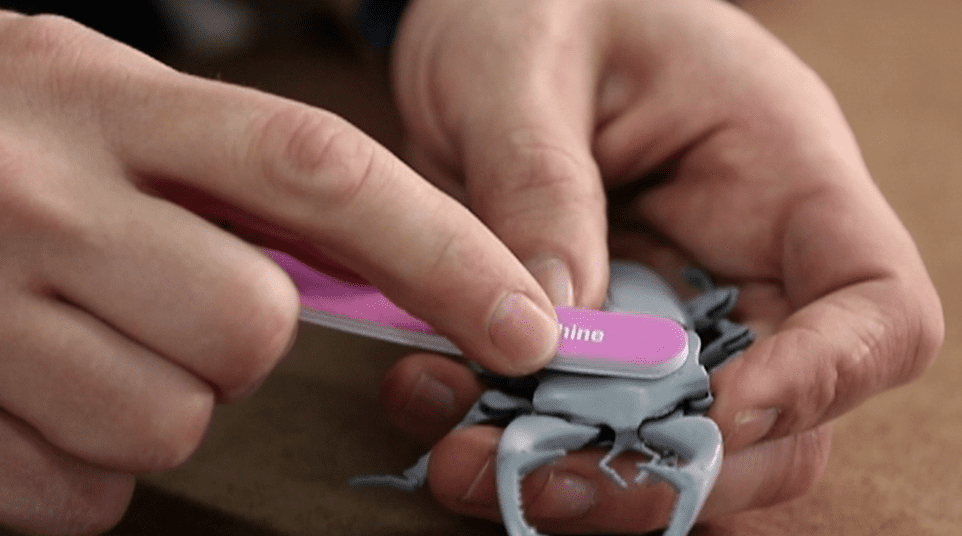
Polishing | Buffing
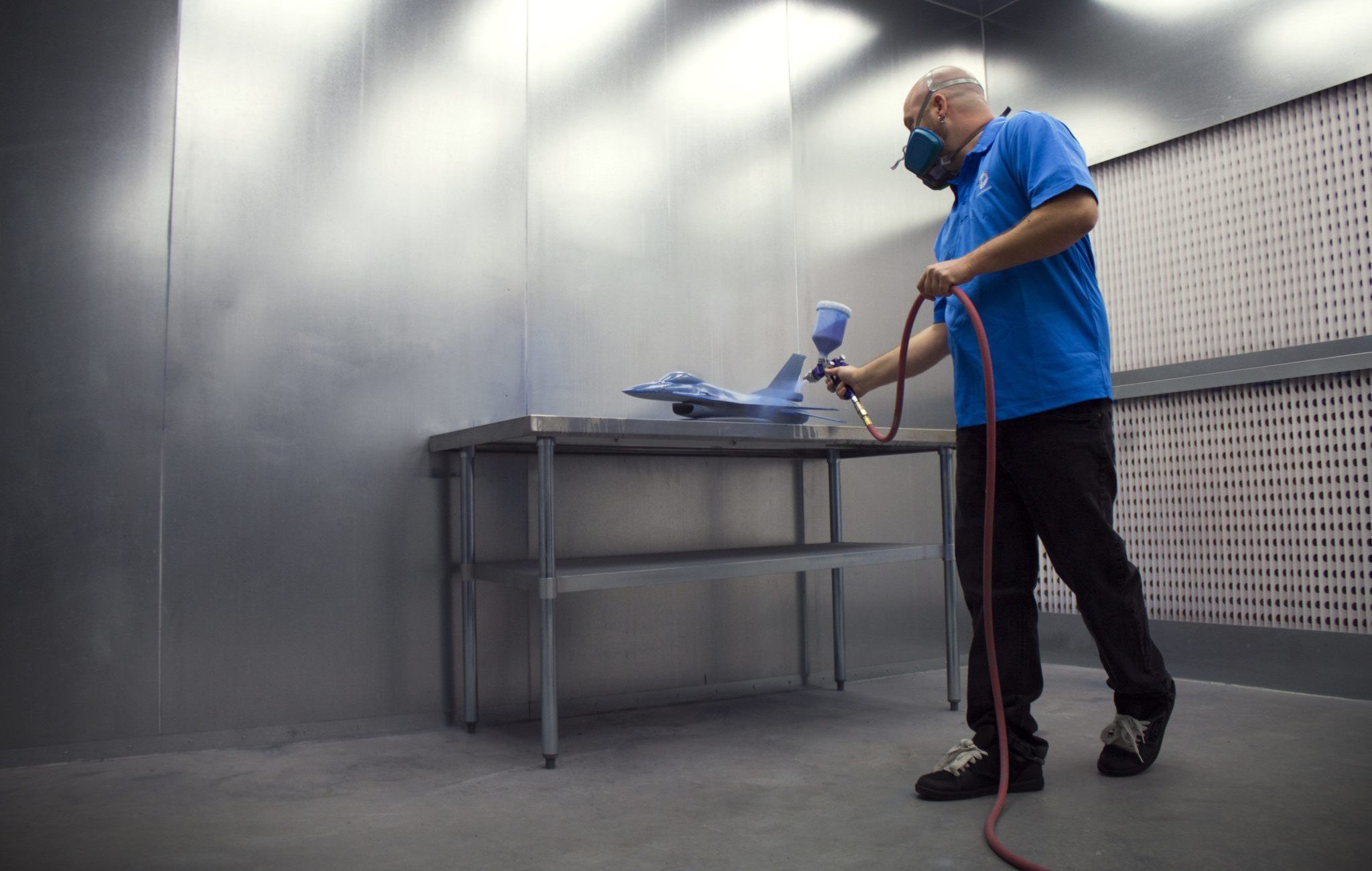
Spray Painting
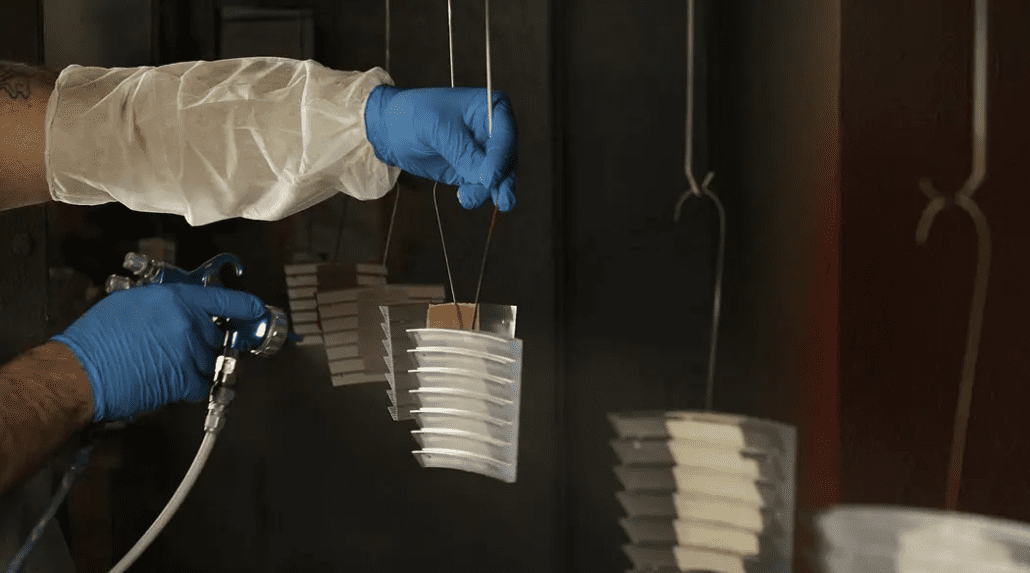
Polymer Coating
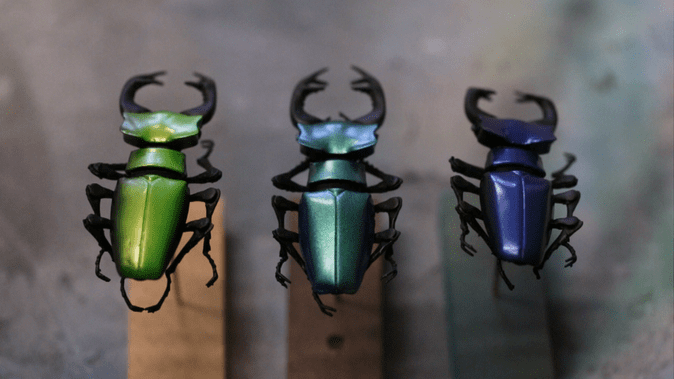
Clear-Coating
SLA 3D Printing Applications
From prototyping to production, from small to higher volumes, SLA 3D printing has applications in various industries.
Materials

Somos® Watershed XC 11122
Material: Clear Solution
Somos® Watershed XC 11122 is an easy-to-use, low-viscosity, water-resistant stereolithography (SLA) resin with numerous applications.
Full Description
Somos® WaterShed XC 11122 mimics the look and feel of clear thermoplastics, such as ABS and PBT. It offers superior clarity and water resistance.
Specs
- Impact Strength: 25 J/m
- Heat Deflection Temperature, HDT:
- 50°C @ 66 PSI
- 49°C @ 264 PSI
- Flexural Strength: 68.7 MPa
- Tensile Strength: 50.4 MPa
Application
- Consumer products
- Fluid flow analysis
- Ductwork
- Investment casting
- Lenses
Technology/Process
- Stereolithography (SLA)

Somos® WaterClear Ultra 10122
Material: Clear SLA Material
Somos® WaterClear® is a fast, low-viscosity material specifically designed for colourless, functional parts; it offers excellent temperature resistance.
Full Description
This material provides refractive values similar to engineered plastics for functional testing in optical light transmission work. Recommended functional parts resembling acrylic with reduced finishing requirements.
Specs
- Appearance: Optically clear, colourless
- Viscosity: ~165 cps @ 30°C
- Density: ~1.13 g/cm3 @ 25°C
- Tensile Strength at Break: 56 MPa
- Tensile Modulus: 2880 MPa
- Elongation at Break: 7.5%
- Flexural Modulus: 2490 MPa
- Izod Impact (Notched): 25 J/m
- Hardness, Shore D 87
- HDT at 1.81 MPa – 264 psi
- Water Absorption: 1.1%
Application
- Automotive lenses
- Bottles
- Lenses
- Light pipes
- Fluid flow analysis
- Master patterns
- Concept and functional models
Technology/Process
- Stereolithography (SLA)

Somos® NeXt™
Material: Thermoplastic-like Performance
Somos NeXt™ offers the precision of stereolithography combined with a thermoplastic’s appearance, texture, and functionality.
Full Description
Upon completion, this material closely resembles conventional thermoplastics, boasting the robustness, resilience, and precision typically absent in stereolithography resins. Utilizing this distinctive material for 3D printing functional prototypes and testing applications can substantially save time, cost, and materials.
Specs
- Appearance: White Colour
- Tensile Strength: 42 MPa
- Elongation at Break: 9%
- Flex Modulus: 2470 MPa
- Notched Izod: 50 J/m
- HDT @ 0.46 MPa: 56 °C
- Water Absorption: 0.4%
Application
- Automotive
- Jigs & fixtures
- Consumer products
- Sports & Lifestyle
- Packaging
- Tough, functional end-use prototypes
Technology/Process
- Stereolithography (SLA)
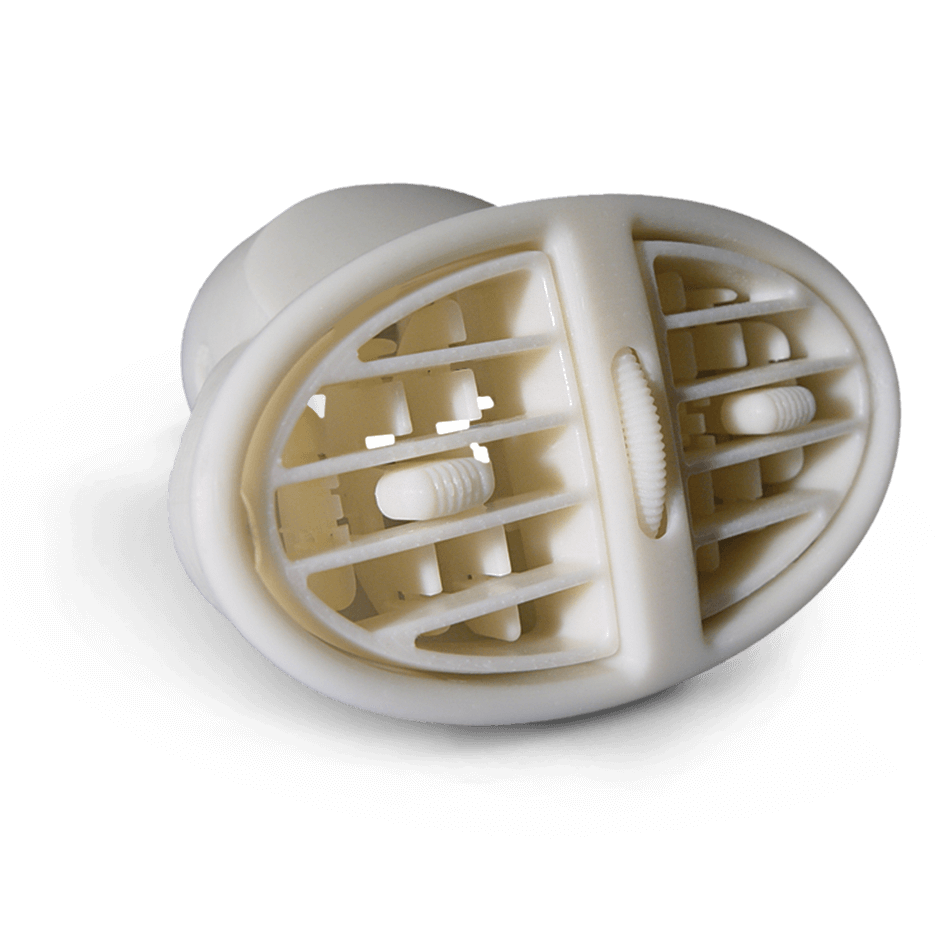
Accura® 25
Material: Polypropylene-like Material
Accura 25 is an easy-to-use SLA printing material that allows users to simulate the properties and aesthetics of molded polypropylene.
Full Description
- Simulate the aesthetic of polypropylene
- High flexibility and durability
- Excellent resolution and accuracy
- Master patterns for vacuum casting
Specs
- Impact Strength: 19-24 J/m
- Heat Deflection Temperature, HDT:
- 58-63°C @ 66 PSI
- 51-55°C @ 264 PSI
- Flexural Strength: 55-58 MPa, ASTM D790
- Tensile Strength: 38 MPa, ASTM D638
- Hardness, Shore D 80
Application
- Snap-fit assemblies
- Functional components for assemblies in automotive, consumer electronics
- Simulate injection moulded parts
- Concept and marketing models
- Master patterns for RTV/silicone molding
Technology/Process
- Stereolithography (SLA)
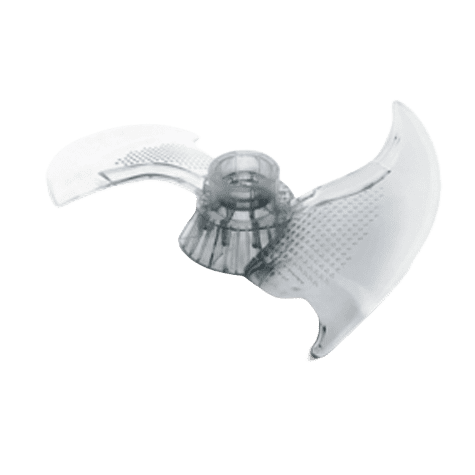
Accura® 60
Material: Hard, Clear Plastic Material
Accura® 60 plastic is a hard, clear plastic, with the aesthetics of molded polycarbonate (PC).
Full Description
What you get with Agile 60 3D-printed parts:
- parts with the look & feel of polycarbonate
- view internal features and passages
- increase system throughput
- minimize part cleaning and finishing
- realize extended part-life
Specs
- Tensile Strength: 58 – 68 MPa
- Elongation at Break: 5 – 13%
- Flexural Strength: 87 – 101 MPa
- Flexural Modulus: 15 – 25 J/m (0.3 – 0.5 ft-lb/in)
- Heat Deflection Temperature @264 psi: 48 – 50 °C (118 – 122 °F)
- Hardness – Shore D 86
Application
- Tough functional prototypes
- Automotive design components
- Consumer electronics (cell phones etc.)
- Medical instruments, devices and labware
- Lighting components (lenses etc.)
- Fluid flow and visualization models
- Master patterns for urethane castings
- QuickCast™ patterns for investment casting
- Transparent assemblies
- Clear display models
- Concept and marketing models
Technology/Process
- Stereolithography (SLA)
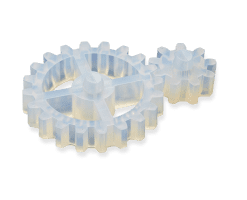
Durable
Material: Formlabs® Durable Resin
Durable Resin is the most pliable, impact-resistant, and lubricious material from Formlabs® family of tough and durable materials.
Specs
- Ultimate Tensile Strength:
- Green: 13 MPa
- Post-Cured: 28 MPa
- Tensile Modulus:
- Green: 0.24 GPa
- Post-Cured: 1.0 GPa
- Elongation at Failure:
- Green: 75%
- Post-Cured: 55%
- Heat Deflection Temperature @ 0.45 MPa:
- Green: < 30°C
- Post-Cured: 41ºC
Green: Data was obtained from green parts, printed using Form 2, 100 μm, durable settings, without additional treatments.
Post-Cured: Data was obtained from parts printed using Form 2, 100 μm, durable settings and post-cured with a Form Cure for 120 minutes at 60 °C.
Application
. It is ideal for squeezable parts and low-friction assemblies.
- Pliable Prototyping
- Impact resistant jigs
- Low-friction and non-degrading surfaces
- Polyethylene-like strength and stiffness
Technology/Process
- Stereolithography (SLA)
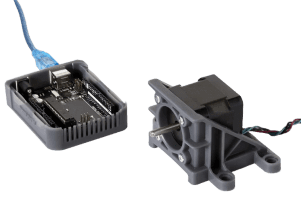
Tough 2000
Material: Formlabs® Tough 2000
Tough 2000 is the strongest and stiffest material in the Tough and Durable resins family. Ideal for prototyping, solid and sturdy parts that should not bend easily.
Specs
Material Properties:
- Ultimate Tensile Strength:
- Green: 29 MPa
- Post-Cured*: 46 MPa
- Elongation at Break:
- Green: 74%
- Post-Cured*: 48%
- Flexural Strength:
- Green: 17 MPa
- Post-Cured*: 65 MPa
- Flexural Modulus:
- Green: 0.45 GPa
- Post-Cured*: 1.9 GPa
- Notched Izod:
- Green: 79 J/m
- Post-Cured*: 40 J/m
- Heat Deflection Temperature @1.8 MPa:
- Green: 42°C
- Post-Cured*: 53°C
*Data was obtained from parts printed using Form 2, 100 μm, Tough 1500 settings and post-cured with a Form Cure for 60 minutes at 70°C.
Application
- Strong and stiff prototypes
- ABS-like strength and stiffness
- Sturdy jigs & fixtures
Technology/Process
- Stereolithography (SLA)
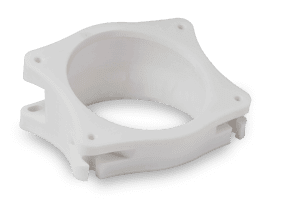
Rigid 10K
Material: Formlabs® Rigid 10K Resin
Rigid 10K Resin is our stiffest material that is ideal for precise industrial parts that need to withstand significant load without bending and benefit from resistance to heat and chemicals.
Specs
- Ultimate Tensile Strength:
- UV Cured*: 65 MPa
- Flexural Strength:
- UV Cured*: 126 MPa
- Tensile Modulus:
- UV Cured*: 10 GPa
- Elongation at Break:
- UV Cured*: 1%
- Notched Impact:
- UV Cured*: 16 J/m
- Heat Deflection Temperature @ 1.8 MPa:
- UV Cured*: 82ºC
*Data was obtained from parts printed using Form 3, 100 μm and post-cured with a Form Cure for 60 minutes at 70°C.
Application
- Short-run injection mold masters and inserts
- Aerodynamic test models
- Heat resistant and fluid-exposed components, jigs, and fixtures
- Simulates stiffness of glass and fibre-filled thermoplastics
Technology/Process
- Stereolithography (SLA)
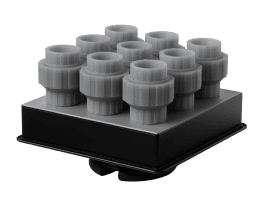
Tough 1500
Material: Formlabs® Tough 1500
Tough 1500 Resin is a resilient material certified for long-term skin contact that is ideal for stiff and pliable parts that bend and spring back quickly.
Specs
- Simulates the strength and stiffness of polypropylene (PP)
Material Properties:
- Ultimate Tensile Strength:
- Green: 26 MPa
- Post-Cured*: 33 MPa
- Elongation at Break:
- Green: 69%
- Post-Cured*: 51%
- Flexural Strength:
- Green: 15 MPa
- Post-Cured*: 39 MPa
- Flexural Modulus:
- Green: 0.44 GPa
- Post-Cured*: 1.4 GPa
- Notched Izod:
- Green: 72 J/m
- Post-Cured*: 67 J/m
- Heat Deflection Temperature @1.8 MPa:
- Green: 34°C
- Post-Cured*: 45°C
*Data was obtained from parts printed using Form 2, 100 μm, Tough 1500 settings and post-cured with a Form Cure for 60 minutes at 70°C.
Application
- Springy prototypes and assemblies
- Jigs and fixtures
- Snap-fit and press-fit connectors
- Wearables, personal protective equipment, and other consumer goods
- Stiff, pliable biocompatible parts
Technology/Process
- Stereolithography (SLA)
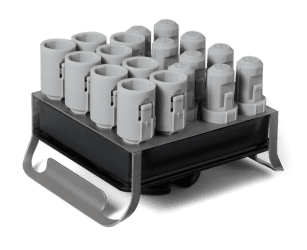
Flame Retardant (FR)
UL 94 V-0 Certified 3D Printed Parts with Great Quality and Heat Resistance
FR Resin is self-extinguishing and halogen-free with favourable flame, smoke, and toxicity (FST) ratings.
Specs
Mechanical Properties for Post-Cured @ 80°C / 120m:
- Ultimate Tensile Strength: 41 MPa
- Tensile Modulus: 3.1 GPa
- Elongation at Break: 7.1%
- Flexural Strength: 75 MPa
- Flexural Modulus: 2.7 GPa
- Notched Izod: 22 J/m
Thermal Properties:
- Heat Deflection Temp. @ 0.45 MPa: 111°C
- Coefficient of Thermal Expansion, 20°- 80°C: 68.1 μm/m/°C
- Glass Transition Temperature (Tg): 144°C
Flammability:
- UL 94: HB Classification*, 1.5 mm**
*HB-classification: slow burning on a horizontal specimen; burning rate < 76 mm/min for thickness < 3 mm or burning stops before 100 mm
**UL flammability rating bars were printed on Form 3+/Form 3 printers with 50µm Flame Retardant Resin settings, washed in a Form Wash for
(a) 10 minutes in ≥99% Isopropyl Alcohol or
(b) 15 minutes in ≥99% Tripropylene glycol monomethyl ether, with a quick water rinse, and then postcured at 70°C for 60 minutes in a Form Cure.
This rating can be achieved printing in any orientation and any available layer height on a Form 3, Form 3+, Form 3B, Form 3B+, Form 3L or Form 3BL.
Application
- Custom jigs, fixtures, and replacement parts for industrial environments with high temperatures or ignition sources
- Interior parts in airplanes, automobiles, and railways with excellent surface finish
- Protective and internal consumer or medical electronics components
Technology/Process
- Stereolithography (SLA)
